Dallisgrass, also known as Paspalum, Sticky Heads, or Water Grass, is a perennial grass species belonging to the Poaceae family. Native to South East and Southern Brazil and other parts of South America, this plant is known for its rapid growth and adaptability. Its stalks produce an abundance of seeds, which support various bird species like the long-tailed widowbird, while also contributing to its fast spread.
Although it provides ecological benefits in its native habitat, Dallisgrass is considered invasive in many regions outside its origin. Once established, it becomes notoriously difficult to remove, making it a challenge for land management and gardeners alike.
| Common name | Dallisgrass, Dallis Grass, Paspalum, Sticky Heads, Water grass |
| Botanical name | Paspalum dilatatum |
| Family | Poaceae |
| Species | dilatatum |
| Origin | South East and Southern Brazil, South America |
| Life cycle | Perennial |
| Plant type | Perennial |
| Hardiness zone | 6, 7, 8, 9 |
| Sunlight | Dappled Sunlight |
| Maintenance | High |
| Soil condition | Loam |
| Drainage | Occasional Flooding |
| Growth rate | Medium |
| Flowering period | Fall |
| Flower color | Gold, Yellow |
| Leaf color | Green |
| Fruit color | Brown, Copper |
| Stem color | Green |
| Fruit type | Achene |
I. Appearance and Characteristics
Paspalum dilatatum is a species of grass known by the common name dallisgrass, Dallas grass, or sticky heads. It is native to Brazil and Argentina, but it is known throughout the world as an introduced species and at times a common weed. Its rapid growth and spreading rhizomes make it an invasive pest in some areas. It is present in the southern half of North America, southern Europe, much of Africa, Australia, New Zealand, and many tropical and subtropical areas.
Paspalum dilatatum is a food source for several avian species, including the long-tailed widowbird.
The common name dallisgrass was derived from A. T. Dallis, a 19th-century farmer who grew the species extensively near La Grange, Georgia.
This is a perennial bunch of grass forming dense, stiff clumps in the soil and spreading outward. It grows decumbent in a mat or erect to well over 1 m (3 ft) tall. The leaves are mostly hairless, growing up to 35 cm (14 in) long and 2.5 cm (1 in) wide. The inflorescence is divided into a few branches lined neatly with beadlike pairs of green to purple spikelets.
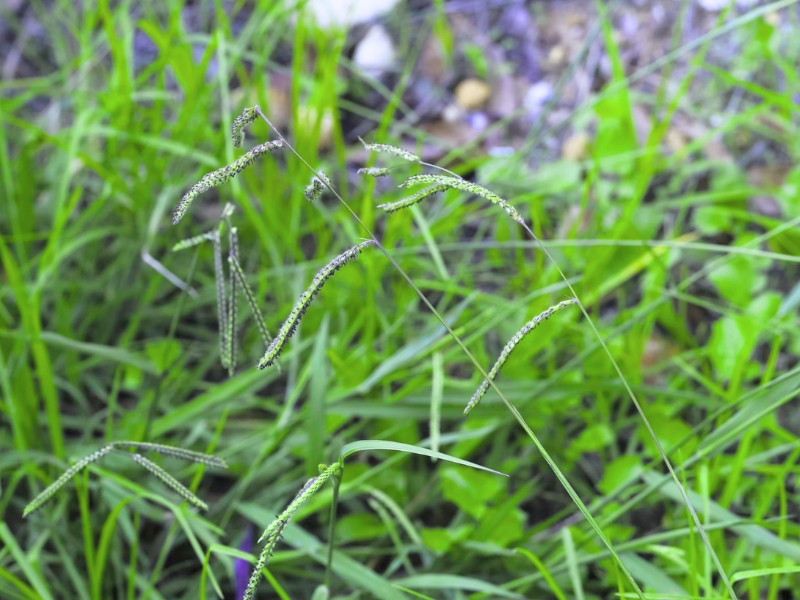
II. How to Grow and Care
Dallis grass is a robust perennial grass that thrives in various environments, signifying its adaptability. Key care points include maintaining adequate moisture levels without waterlogging the soil, and keeping an eye on its rapid growth, which might require regular mowing to prevent it from becoming invasive. Overall, dallis grass poses minimal care challenges and is considered easy to maintain.
Sunlight
Dallis grass thrives best in conditions of full sun, where it receives unfiltered, intense light for the majority of the day. This level of exposure promotes healthy growth and maximizes the plant’s health capabilities. Although dallis grass tolerates partial sun, implying some adaptation to light variability, the growth might not be as robust compared to when it receives full sun. When growing outdoors, dallis grass should be planted in open areas without significant shade to ensure the desired light intensity. Adaptive traits may include changes in leaf orientation to maximize light absorption. Deviations from these optimal light conditions could result in reduced vigor and potential loss of health benefits.
Watering
Originating from the lush, humid environments of South America, dallis grass thrives in moist conditions and displays a high tolerance for wet soils. It maintains its vigor with consistent hydration, requiring watering twice a week to sustain its growth. Adapting well to outdoor settings, dallis grass is an evergreen plant that benefits significantly from regular rainfall patterns, ensuring it remains hydrated throughout varying climate zones.
Propagation
Dallis grass is predominantly propagated through division, which should ideally be performed during Spring or Autumn for optimal results. Success can be identified by new growth emerging. Care should be taken in handling the delicate roots.
Transplanting
The best time to propagate dallis grass is during S1-S2, or the optimal growth period. It’s crucial to select a full-sun to partial-shade location for this tuff perennial. Keep in mind, its ability to adapt can ensure smooth transplantation, but always refer to it as a firm step towards successful growth.
Overwintering
Dallis grass hails from the warm climate of South America, naturally adapting to winter through dormancy. Its growth halts, conserving energy for the next growing season. Gardeners breathe a sigh of relief — dallis grass requires little winter maintenance. Continue mowing until growth stops, then allow dallis grass to rest. For harsh winters, a light layer of mulch can protect the plant. That’s it — your dallis grass is ready for winter.
III. How to Get rid of Dallisgrass
It is incredibly difficult to get rid of Dallisgrass weeds completely. Using selective herbicides may kill Dallisgrass in particular areas of a lawn; however, the robust nature of Dallisgrass seeds renders such an approach only locally and temporarily effective. There is no simple Dallisgrass killer.
In other words, weed control materials alone are ineffective against Dallisgrass, as are pre-emergent spring fertilization treatments. Without an easy material “fix,” the most effective Dallisgrass control measure is proper cultural maintenance.
Dallisgrass grows faster than turfgrass and, when a lawn is mowed on a typical schedule, will send up seedheads typically before surrounding turfgrass needs mowed again. This can allow Dallisgrass to develop seedheads, deposit seeds into a lawn, and spread further. To combat this, lawns featuring existing Dallisgrass should be mowed high but more frequently.
By mowing more often at a higher height, turfgrass thickens and helps crowd out Dallisgrass, while seedheads are not given sufficient time to mature and deposit. Continuing this cultural practice consistently is key to keeping a Dallisgrass population at bay and preventing any seeds in soil from maturing into adult plants. Neglecting your mowing is the easiest way to let Dallisgrass run wild.
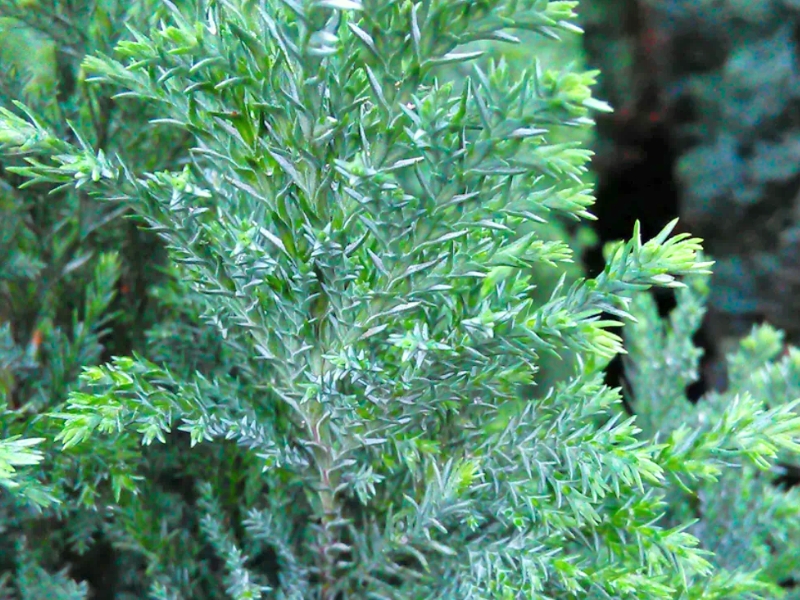
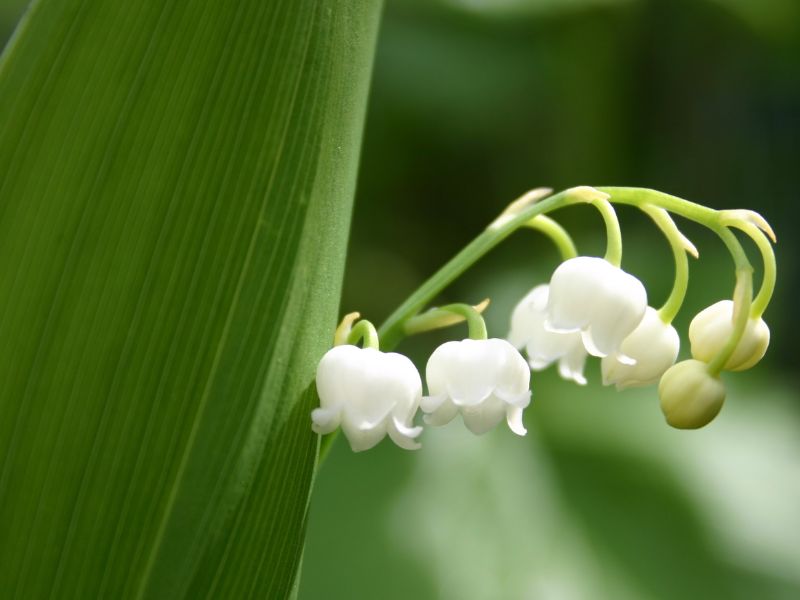
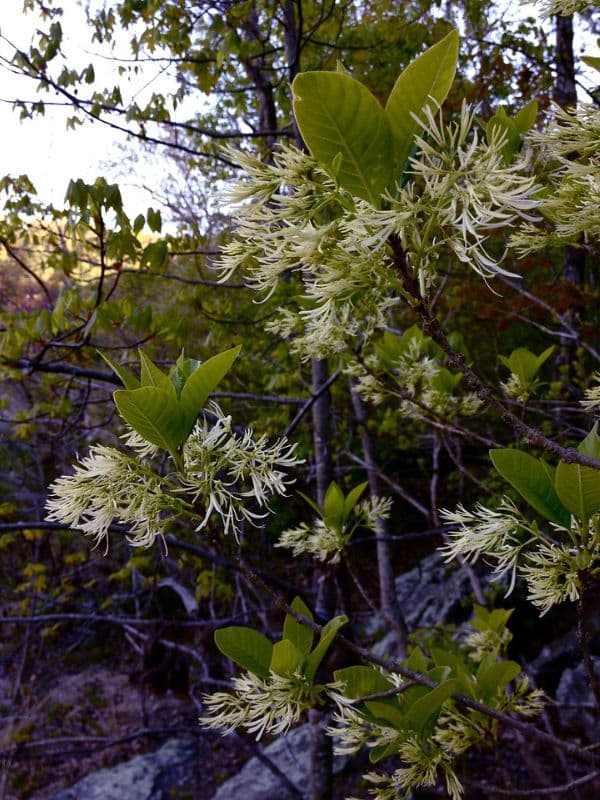
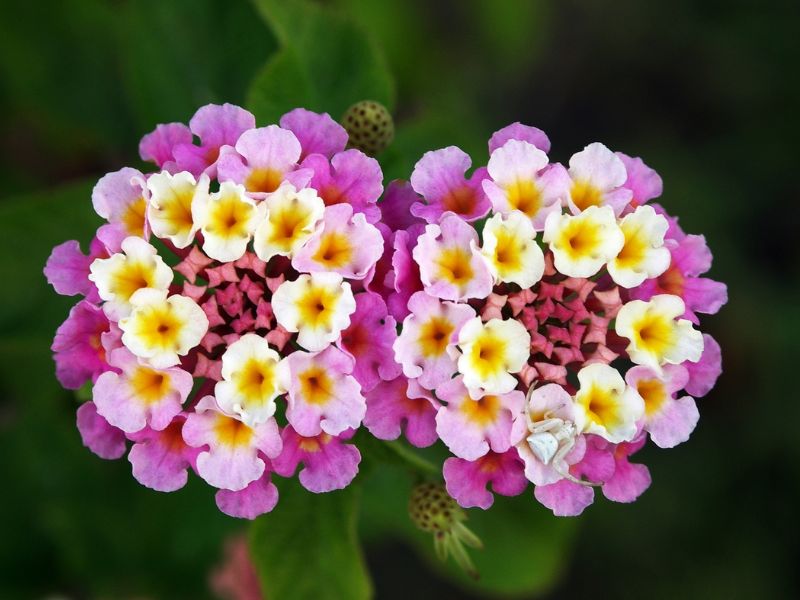
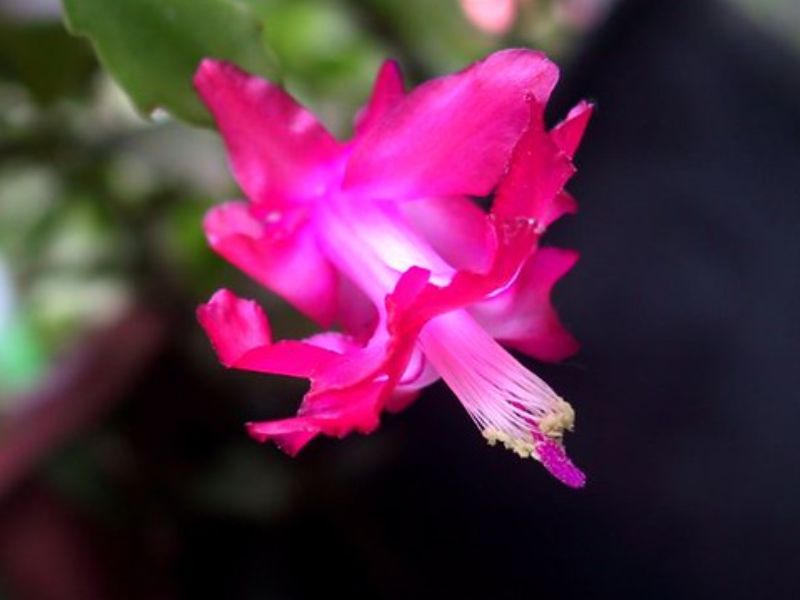
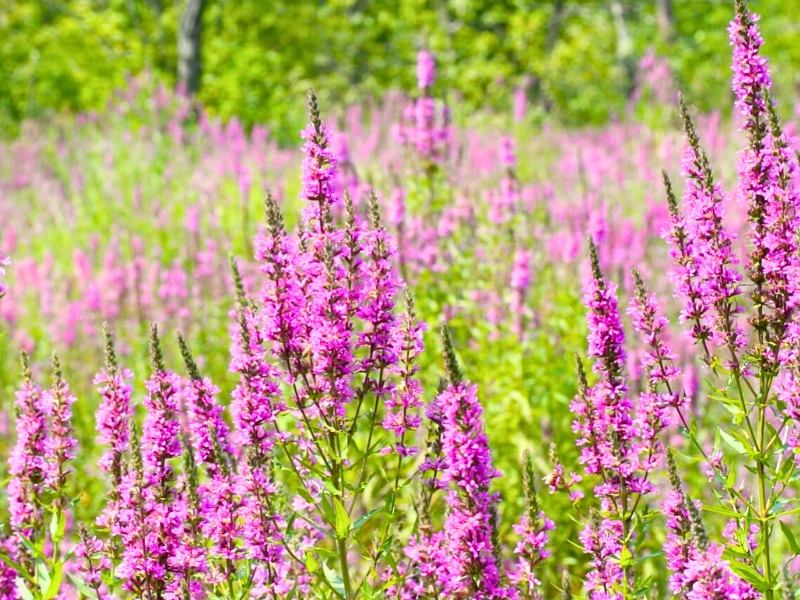
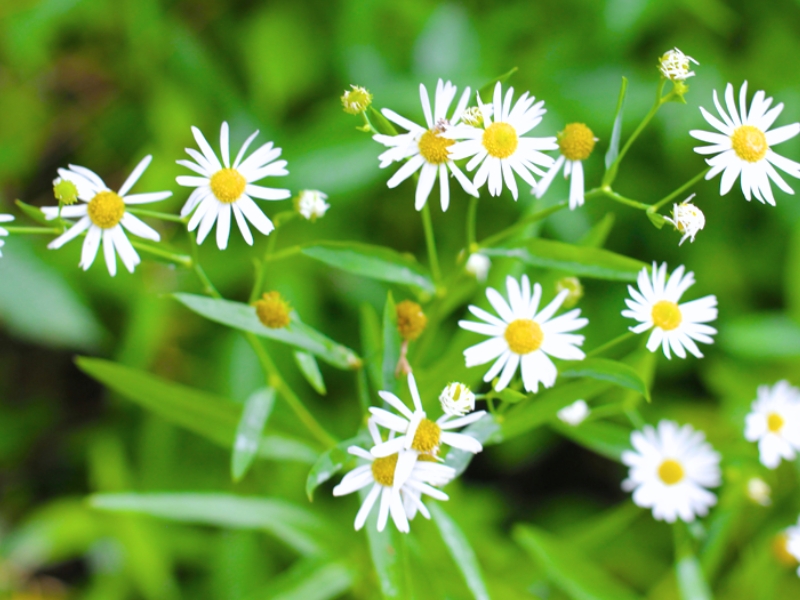
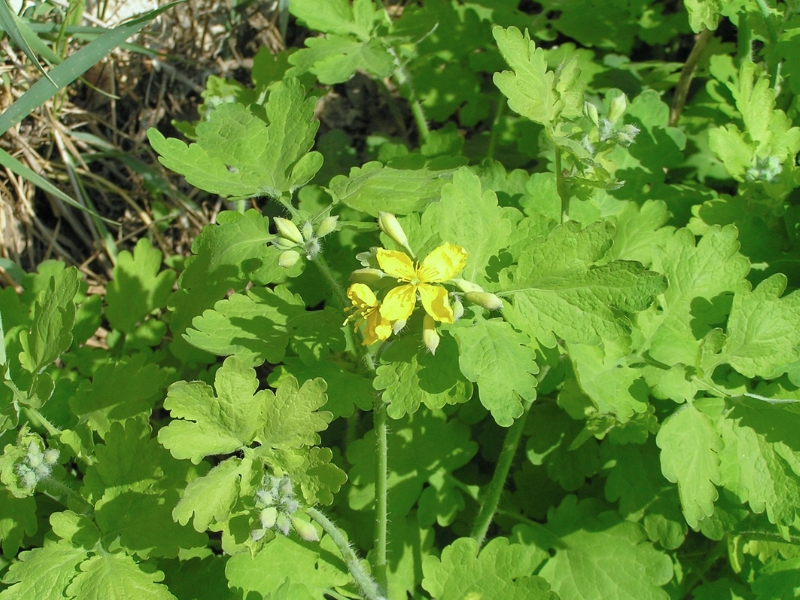
Leave a Reply